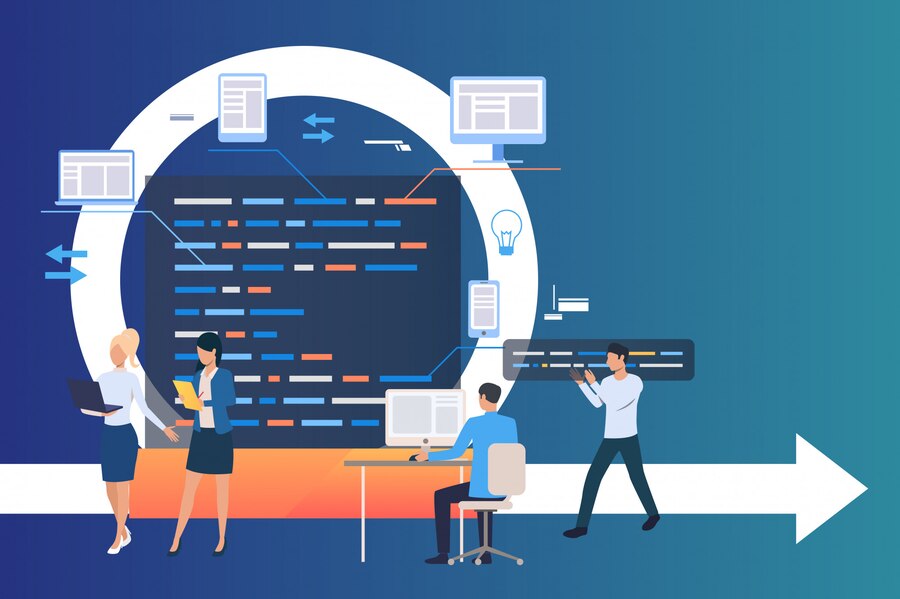Introduction:
In the vast ocean of technology options, navigating the waters to select the perfect technology stack for your web project can be a daunting task. As a developer, understanding the nuances of each component and how they align with your project’s requirements is crucial for success. In this blog post, we’ll dive deep into the considerations, challenges, and best practices for selecting the optimal technology stack from a developer’s perspective.
Understanding Your Project Requirements:
- Identifying project goals, objectives, and target audience.
- Assessing scalability, performance, and security needs.
- Determining budget, timeline, and resources available.
Exploring Frontend Technologies:
- Comparing popular frontend frameworks (React, Angular, Vue.js) based on project requirements.
- Evaluating HTML, CSS preprocessors, and JavaScript libraries for enhanced user experience.
- Discussing responsive design and cross-browser compatibility considerations.
Backend Solutions and Database Choices:
- Assessing server-side technologies (Node.js, Django, Ruby on Rails) for backend development.
- Exploring database options (SQL vs. NoSQL) and their suitability for data storage and retrieval.
- Discussing factors like scalability, data consistency, and ease of maintenance.
DevOps and Deployment Strategies:
- Implementing CI/CD pipelines for automated testing and deployment.
- Evaluating cloud platforms (AWS, Azure, Google Cloud) for hosting and scaling infrastructure.
- Discussing containerization (Docker, Kubernetes) for seamless deployment across environments.

Security Considerations:
- Addressing common security threats (SQL injection, XSS, CSRF) and mitigation strategies.
- Implementing SSL/TLS for secure communication and data encryption.
- Discussing authentication and authorization mechanisms to safeguard user data.
Performance Optimization Techniques:
- Utilizing caching mechanisms (CDNs, browser caching) for improved page load times.
- Implementing lazy loading and code splitting to optimize resource delivery.
- Monitoring and profiling tools for identifying performance bottlenecks and optimizing code.
Future-proofing Your Tech Stack:
- Considering future scalability and maintainability when selecting technologies.
- Keeping abreast of industry trends and emerging technologies.
- Planning for migration and upgrades to avoid tech debt and ensure long-term viability.
Conclusion:
Selecting the right technology stack for your web project is a critical decision that can significantly impact its success. By carefully considering project requirements, exploring frontend and backend technologies, implementing robust DevOps practices, prioritizing security, optimizing performance, and planning for the future, developers can build resilient and scalable web applications that meet both current and future needs. With this comprehensive guide, developers can navigate the tech seas with confidence, ensuring the success of their web projects.
For more information you can visit our: web development company page click here.




